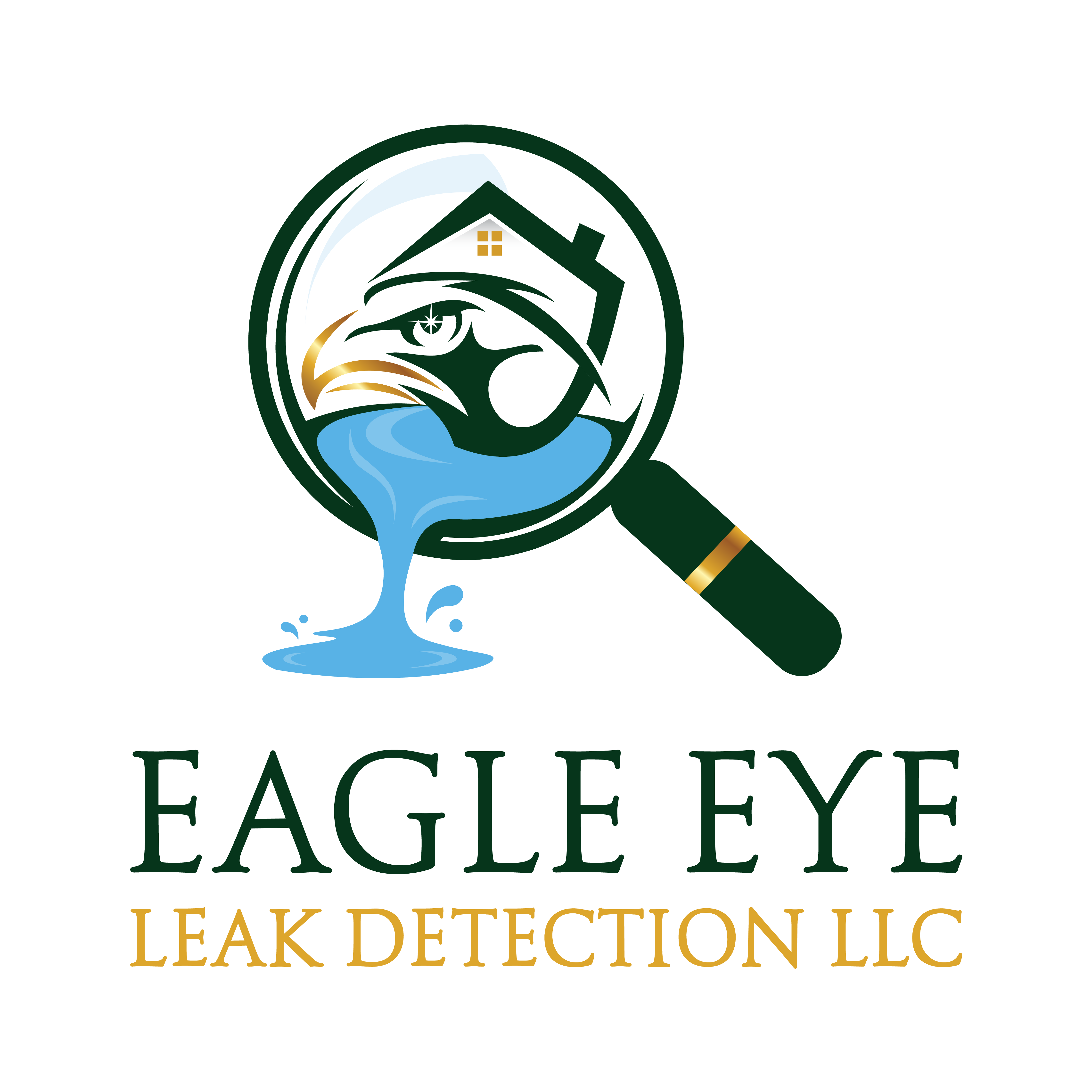Let me spill the tea on something that's got everyone talking—invadervie leak. You’ve probably stumbled upon this term while scrolling through your favorite forums, social media platforms, or tech blogs. But what exactly is it? Is it a game-changer, or just another buzzword floating around the internet? Let’s dive into the nitty-gritty details and uncover the truth behind invadervie leaks.
If you're anything like me, you've probably spent hours trying to piece together what invadervie leaks actually mean. The term itself sounds like a sci-fi movie plot, but trust me, it’s much more than that. It's a phenomenon that's taking the digital world by storm, and understanding it could give you a leg up in navigating today's tech landscape.
So, buckle up because we're about to embark on a deep dive into the world of invadervie leaks. We'll explore everything from its origins to its implications, and by the end of this article, you'll be equipped with the knowledge to hold your own in any conversation about this trending topic.
- Ainsley Earhardts Engagement Ring A Closer Look At Her Love Story
- John Ohurley Net Worth The Untold Story Of Success And Wealth
What Exactly is an Invadervie Leak?
Picture this: you're minding your own business, scrolling through your socials, and suddenly, you come across the term "invadervie leak." At first glance, it sounds like some sort of alien invasion, but nope, it’s much closer to home—or rather, to your digital life. An invadervie leak refers to the unauthorized release of sensitive information, often related to cybersecurity, software vulnerabilities, or even personal data.
These leaks can range from minor glitches to major breaches that compromise entire systems. They’re not just about data; they’re about trust, security, and the ever-evolving battle between hackers and developers. And let’s be real, in today's digital age, invadervie leaks are becoming more common than we’d like to admit.
How Do Invadervie Leaks Happen?
Now that we’ve got the basics down, let’s talk about how these leaks actually happen. Spoiler alert: it’s not always as dramatic as Hollywood makes it seem. Sometimes, it’s as simple as a coding error or a misconfigured server. Other times, it’s a result of sophisticated cyberattacks carried out by skilled hackers.
- Stuff Animal Names A Furry Journey Through Creativity And Imagination
- Happy Anniversary To Mom And Dad Celebrating Love That Builds A Family
- Human Error: Yep, you guessed it. Sometimes, it’s just a plain old mistake. A developer forgets to secure a database, or an employee clicks on a phishing link, and boom—sensitive info is out there for the world to see.
- Cyberattacks: Hackers are always on the prowl, looking for vulnerabilities to exploit. Whether it’s through malware, ransomware, or brute force attacks, they’re finding new ways to breach systems every day.
- Insider Threats: Sometimes, the leak comes from within. An employee with malicious intent or even a disgruntled worker can intentionally leak data to harm a company or organization.
Why Should You Care About Invadervie Leaks?
Okay, so you might be thinking, "Why should I even care about invadervie leaks?" Great question. The truth is, these leaks can have far-reaching consequences that affect everyone, not just the big tech companies. Imagine your personal data—your credit card info, social security number, or even your private messages—being out there for anyone to access. Scary, right?
But it’s not just about personal data. Invadervie leaks can also impact businesses, governments, and even entire industries. Think about the financial losses, reputational damage, and legal repercussions that can stem from a single leak. It’s a big deal, and it’s something we all need to be aware of.
The Impact of Invadervie Leaks on Businesses
For businesses, invadervie leaks can be catastrophic. Not only do they face financial losses from potential lawsuits and fines, but they also risk losing customer trust. In today's competitive market, trust is everything. Once it’s gone, it’s incredibly hard to win back.
And let’s not forget about the operational disruptions that can occur. When a system is breached, it often leads to downtime, which can halt productivity and cost companies millions. Plus, the resources needed to recover from a leak can be astronomical.
How to Protect Yourself from Invadervie Leaks
Now that we’ve covered the what and why, let’s talk about the how. How can you protect yourself from invadervie leaks? The good news is, there are steps you can take to minimize your risk and keep your data safe.
First and foremost, practice good cybersecurity hygiene. Use strong, unique passwords for all your accounts and enable two-factor authentication whenever possible. Keep your software and systems up to date, and be cautious when clicking on links or downloading files from unknown sources.
Top Tips for Staying Safe Online
- Use a Password Manager: Let’s face it, remembering all those complex passwords can be a pain. A password manager can help you generate and store strong passwords securely.
- Enable Two-Factor Authentication: This adds an extra layer of security to your accounts, making it much harder for hackers to gain access.
- Stay Informed: Keep up with the latest cybersecurity trends and threats. Knowledge is power, and the more you know, the better equipped you’ll be to protect yourself.
The Role of Governments and Organizations
While individual efforts are crucial, governments and organizations also play a vital role in combating invadervie leaks. They need to implement robust cybersecurity measures and enforce strict regulations to ensure data protection. This includes investing in advanced technologies, training employees, and conducting regular audits to identify potential vulnerabilities.
Additionally, collaboration between governments, organizations, and the private sector is key. Sharing information about threats and best practices can help create a safer digital environment for everyone.
Key Regulations and Standards
There are several regulations and standards in place to help prevent invadervie leaks. Some of the most notable ones include:
- GDPR (General Data Protection Regulation): This European regulation sets guidelines for the collection and processing of personal data, ensuring that companies handle data responsibly.
- CIS Controls: The Center for Internet Security provides a set of best practices for cybersecurity, helping organizations strengthen their defenses against potential threats.
- NIST Framework: The National Institute of Standards and Technology offers a comprehensive framework for managing cybersecurity risks, providing guidelines for everything from risk assessment to incident response.
Case Studies: Real-Life Examples of Invadervie Leaks
To truly understand the impact of invadervie leaks, let’s take a look at some real-life examples. These case studies highlight the severity of the issue and the importance of taking proactive measures to prevent future leaks.
One of the most infamous invadervie leaks in recent history is the Equifax breach. In 2017, the credit reporting agency suffered a massive data breach that exposed the personal information of over 147 million people. This breach not only resulted in significant financial losses for Equifax but also led to widespread outrage and calls for stricter regulations.
Another notable example is the WannaCry ransomware attack, which affected hundreds of thousands of computers across the globe. This attack exploited a vulnerability in Microsoft Windows, highlighting the importance of keeping software up to date.
Lessons Learned from These Incidents
So, what can we learn from these incidents? First, the importance of cybersecurity cannot be overstated. Companies and individuals alike need to prioritize data protection and take proactive steps to prevent leaks. Second, collaboration and information sharing are crucial in combating cyber threats. By working together, we can create a safer digital world for everyone.
The Future of Invadervie Leaks
As technology continues to evolve, so too does the landscape of invadervie leaks. New threats are emerging all the time, and staying ahead of the curve is more important than ever. Artificial intelligence, machine learning, and blockchain technology are just a few of the innovations that could play a role in shaping the future of cybersecurity.
AI and machine learning, for example, can help detect and respond to threats in real time, while blockchain technology offers a decentralized approach to data storage that could make leaks much harder to pull off. However, these technologies also come with their own set of challenges and risks, so it’s important to approach them with caution.
Emerging Technologies and Their Role
Here are a few emerging technologies that could impact the future of invadervie leaks:
- Quantum Computing: While still in its early stages, quantum computing has the potential to revolutionize cybersecurity. Its ability to process vast amounts of data quickly could help identify and mitigate threats faster than ever before.
- Zero Trust Architecture: This approach assumes that no one inside or outside the network can be trusted, requiring strict verification for every user and device. It’s gaining traction as a way to enhance security and prevent leaks.
- Biometric Authentication: Using biometric data, such as fingerprints or facial recognition, could make authentication more secure and reduce the risk of unauthorized access.
Conclusion: What You Need to Know About Invadervie Leaks
Let’s recap what we’ve learned about invadervie leaks. They’re a growing concern in today's digital age, with far-reaching implications for individuals, businesses, and even governments. Understanding what they are, how they happen, and how to protect yourself is crucial in navigating this complex landscape.
So, what can you do? Start by practicing good cybersecurity hygiene, staying informed about the latest threats, and advocating for stronger regulations and protections. Together, we can work towards a safer digital world for everyone.
And hey, don’t forget to share this article with your friends and family. The more people know about invadervie leaks, the better equipped we’ll all be to tackle them. Drop a comment below if you’ve got any questions or thoughts—I’d love to hear from you!
Table of Contents
- What Exactly is an Invadervie Leak?
- How Do Invadervie Leaks Happen?
- Why Should You Care About Invadervie Leaks?
- How to Protect Yourself from Invadervie Leaks
- The Role of Governments and Organizations
- Case Studies: Real-Life Examples of Invadervie Leaks
- The Future of Invadervie Leaks
- Conclusion: What You Need to Know About Invadervie Leaks



Detail Author:
- Name : Prof. Olin Veum
- Username : raynor.meta
- Email : mwehner@yahoo.com
- Birthdate : 2004-02-01
- Address : 85172 Josh Station Suite 661 New Zolafort, IA 03297-8297
- Phone : (606) 845-2852
- Company : Kling, Gerlach and Bayer
- Job : Fabric Mender
- Bio : Eos amet optio quo ratione harum. Aperiam voluptatem nemo officiis dolorem. Et consequatur laboriosam nihil aut reprehenderit. Hic eum dolores qui possimus.
Socials
twitter:
- url : https://twitter.com/jakubowski2010
- username : jakubowski2010
- bio : Veniam asperiores eos sed rerum. Quo eos ea ipsa ad eos qui ut. Amet et vero sint quia perspiciatis dolorem.
- followers : 5883
- following : 2479
instagram:
- url : https://instagram.com/rhiannon_dev
- username : rhiannon_dev
- bio : Dolorem velit quia mollitia magnam odit. Ut dolor ut officiis consequuntur nam.
- followers : 5961
- following : 2211
facebook:
- url : https://facebook.com/rjakubowski
- username : rjakubowski
- bio : Et voluptatem id rerum ut. Eaque deleniti ad rerum quaerat aut porro pariatur.
- followers : 3959
- following : 1246
tiktok:
- url : https://tiktok.com/@rhiannon8140
- username : rhiannon8140
- bio : Qui laudantium molestiae ex modi aut aut voluptatem.
- followers : 3187
- following : 1392